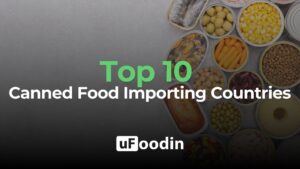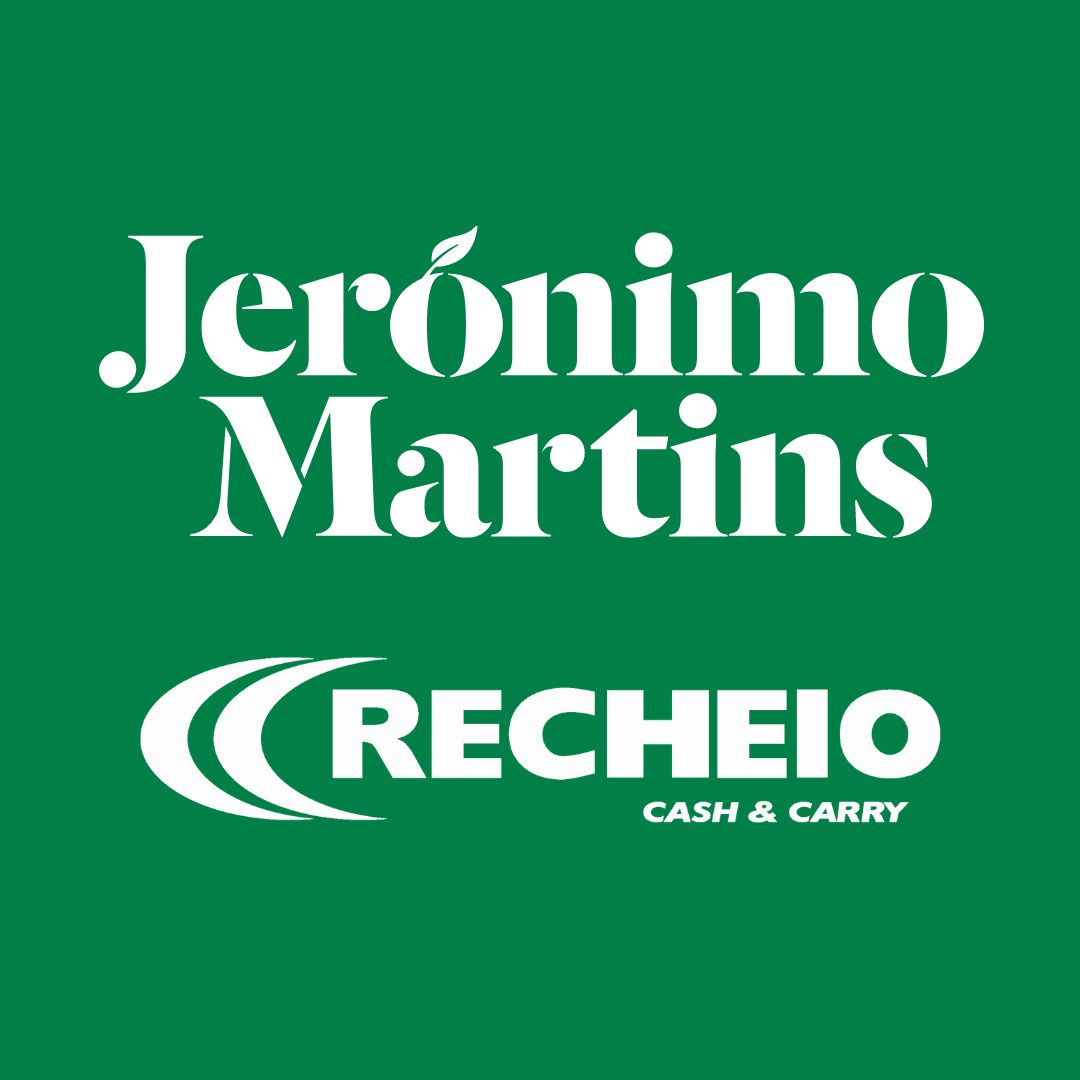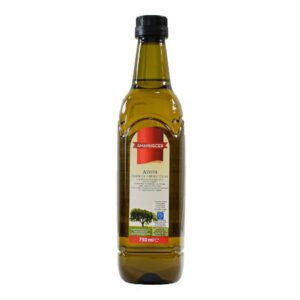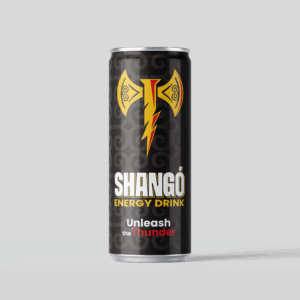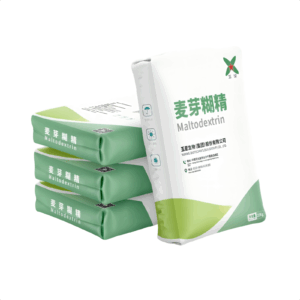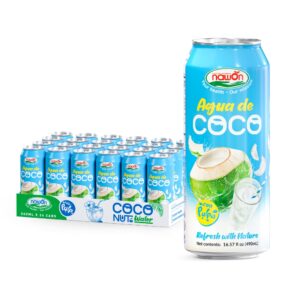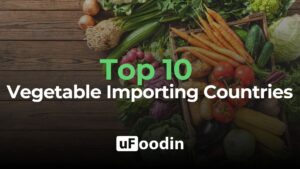
Top 10 Whey Protein Producers Shaping the Global Market
The whey protein industry has become a cornerstone of the global health and wellness movement, driven by the increasing popularity of fitness culture, sports nutrition, and functional foods. In 2023, the global whey protein market was valued at approximately $10.5 billion and is projected to reach $15.4 billion by 2028, growing at a robust CAGR of 7.8%. This growth reflects the versatility of whey protein in applications such as dietary supplements, clinical nutrition, and sports beverages.
North America leads the whey protein market due to its well-established fitness culture and high demand for nutritional supplements, accounting for approximately 40% of global revenue. Europe follows with a strong focus on health-conscious consumption and functional food innovation. Meanwhile, the Asia-Pacific region is growing rapidly, driven by increasing awareness of protein’s role in fitness and health, alongside a rising middle class seeking premium nutritional products. China’s whey protein market, for instance, has seen double-digit growth due to expanding fitness trends and demand for infant formula enriched with whey.

- Fonterra Co-operative Group Limited
- Headquarters: Auckland, New Zealand
- Why It Stands Out: Fonterra is one of the largest dairy exporters in the world, known for its grass-fed, high-quality whey protein products. Its integrated supply chain ensures exceptional product consistency.
- Key Innovations: Advanced filtration technologies produce whey protein isolates (WPI) with enhanced bioavailability and solubility, meeting the demands of health and performance-focused consumers.
- Hilmar Cheese Company, Inc.
- Headquarters: Hilmar, California, USA
- Why It Stands Out: A major player in whey protein production, Hilmar Cheese Company uses cutting-edge facilities to produce high-purity whey protein concentrates (WPC) and isolates.
- Key Innovations: Proprietary filtration methods reduce lactose and impurities, making their products ideal for those with digestive sensitivities.
- Saputo Inc.
- Headquarters: Montreal, Quebec, Canada
- Why It Stands Out: As a global leader in dairy processing, Saputo delivers premium whey protein products with a focus on sustainability and quality assurance.
- Key Innovations: Saputo leverages ultrafiltration and microfiltration technologies to enhance the nutritional profiles of its whey protein isolates, optimizing them for diverse food and beverage applications.
- Lactalis Group
- Headquarters: Laval, France
- Why It Stands Out: Lactalis, a global dairy leader, has a strong presence in the whey protein market, supplying premium ingredients for sports nutrition and functional foods.
- Key Innovations: Lactalis produces whey protein isolates enriched with amino acids, catering to the growing demand for muscle recovery and fitness-focused products.
- Glanbia Nutritionals
- Headquarters: Kilkenny, Ireland
- Why It Stands Out: Glanbia Nutritionals specializes in sports and performance nutrition, offering some of the most recognized whey protein brands globally, such as Optimum Nutrition and BSN.
- Key Innovations: Glanbia’s cutting-edge Instantized Whey Protein technology enhances mixability and absorption, making it a favorite among athletes.
- Arla Foods Ingredients
- Headquarters: Aarhus, Denmark
- Why It Stands Out: Arla Foods Ingredients leads the industry with its innovative approach to whey protein, focusing on clean-label, functional, and sustainable solutions.
- Key Innovations: The company developed Lacprodan, a range of whey protein hydrolysates tailored for muscle building, weight management, and infant nutrition.
- FrieslandCampina Ingredients
- Headquarters: Amersfoort, Netherlands
- Why It Stands Out: FrieslandCampina is a global leader in dairy-based nutrition, offering whey protein solutions that cater to sports nutrition, clinical nutrition, and infant formula markets.
- Key Innovations: Its Nutri Whey portfolio includes whey protein isolates designed for high-performance nutrition and lactose-intolerant consumers.
- Davisco Foods International (Agropur Inc.)
- Headquarters: Le Sueur, Minnesota, USA
- Why It Stands Out: Known for high-purity whey protein products, Davisco specializes in whey protein concentrates and isolates for the food and beverage industry.
- Key Innovations: Advanced drying technologies ensure superior flavor and functionality in their whey protein powders, appealing to both manufacturers and end-users.
- Milk Specialties Global
- Headquarters: Eden Prairie, Minnesota, USA
- Why It Stands Out: Milk Specialties Global focuses on delivering high-quality whey protein for sports nutrition, weight management, and functional food applications.
- Key Innovations: The company offers ProGold, a patented whey protein isolate with enhanced amino acid content, designed specifically for athletic recovery and performance.
- Carbery Group
- Headquarters: Ballineen, Ireland
- Why It Stands Out: Carbery Group combines sustainability with innovation, producing high-quality whey protein for the sports and infant nutrition markets.
- Key Innovations: Optipep, their line of hydrolyzed whey proteins, delivers fast-absorbing amino acids tailored for pre- and post-workout use.
Key Trends in the Whey Protein Market
- Demand for Clean Label Products
Consumers are increasingly seeking whey protein products with clean-label claims, such as “non-GMO,” “organic,” and “free from artificial additives.” Transparency and quality are becoming central to consumer purchasing decisions.
- Plant-Based Protein Overlap
While whey protein remains dominant, the rise of plant-based alternatives has spurred innovation in hybrid protein products that combine whey with plant-based ingredients to appeal to a broader audience.
- Functional and Specialized Whey Products
Whey protein hydrolysates and isolates tailored for specific applications, such as sports recovery, clinical nutrition, and infant formula, are gaining traction. Companies are focusing on adding functional benefits like faster absorption, enriched amino acid profiles, and immunity-boosting properties.
- Sustainability and Grass-Fed Whey
Sustainability is a key focus for the industry, with many companies promoting grass-fed whey and reducing the carbon footprint of their production processes to align with environmentally conscious consumer preferences.
- E-Commerce Growth
Online platforms are becoming a significant distribution channel for whey protein products, offering a wide range of options and enabling brands to reach niche consumer segments directly.

Major Challenges in the Whey Protein Industry
- Environmental Sustainability
The production of whey protein is closely tied to the dairy industry, which faces criticism for its environmental impact, including greenhouse gas emissions and water usage. Companies must innovate to minimize their environmental footprint and adopt sustainable practices.
- Competition from Plant-Based Alternatives
The plant-based protein market is growing rapidly, creating competition for whey protein. While whey is still valued for its superior amino acid profile, plant-based products appeal to vegan consumers and those with lactose intolerance.
- Rising Raw Material Costs
Fluctuations in dairy prices and supply chain disruptions have made it more expensive to produce whey protein. This impacts profitability and forces companies to explore cost-saving measures without compromising quality.
- Regulatory Pressures
Global regulatory frameworks require companies to substantiate health claims and ensure compliance with labeling standards. This is particularly challenging for smaller producers without the resources for extensive R&D and legal processes.
- Taste and Texture Challenges
Whey protein products must strike a balance between functionality and consumer enjoyment. Creating products that taste good, mix easily, and appeal to diverse palates remains a persistent challenge.
The whey protein industry continues to evolve as consumer preferences shift toward health, wellness, and sustainability. Key trends such as the demand for clean-label products, the rise of functional and specialized whey, and the focus on environmental responsibility highlight the innovation and adaptability of leading producers. However, challenges such as competition from plant-based alternatives and regulatory pressures require companies to stay agile and forward-thinking.
The Top 10 Whey Protein Producers outlined in this article represent the best in the business, setting the standard for quality, innovation, and sustainability. Platforms like uFoodin provide a valuable space for these companies to connect with global buyers, showcase their cutting-edge products, and explore opportunities in the expanding health and nutrition market.
uFoodin Editorial Team
Bibliography
- Statista: Whey Protein Market Analysis and Projections
- Fortune Business Insights: Global Whey Protein Market Report, 2023
- Mordor Intelligence: Whey Protein Industry Overview and Trends
- Fonterra Official Website: Product Innovations and Market Positioning
- Glanbia Nutritionals: Annual Report and Market Focus
- Hilmar Cheese Company: Sustainability and Production Innovations
- Saputo Inc.: Official Reports on Dairy and Whey Protein Development
- Arla Foods Ingredients: Functional and Specialized Whey Products Overview
- uFoodin Official Website: Networking Opportunities and Market Insights


